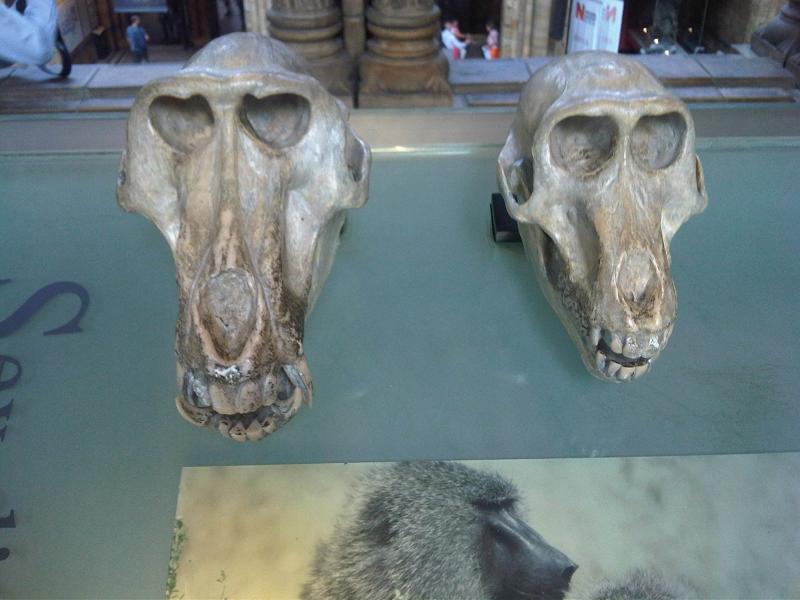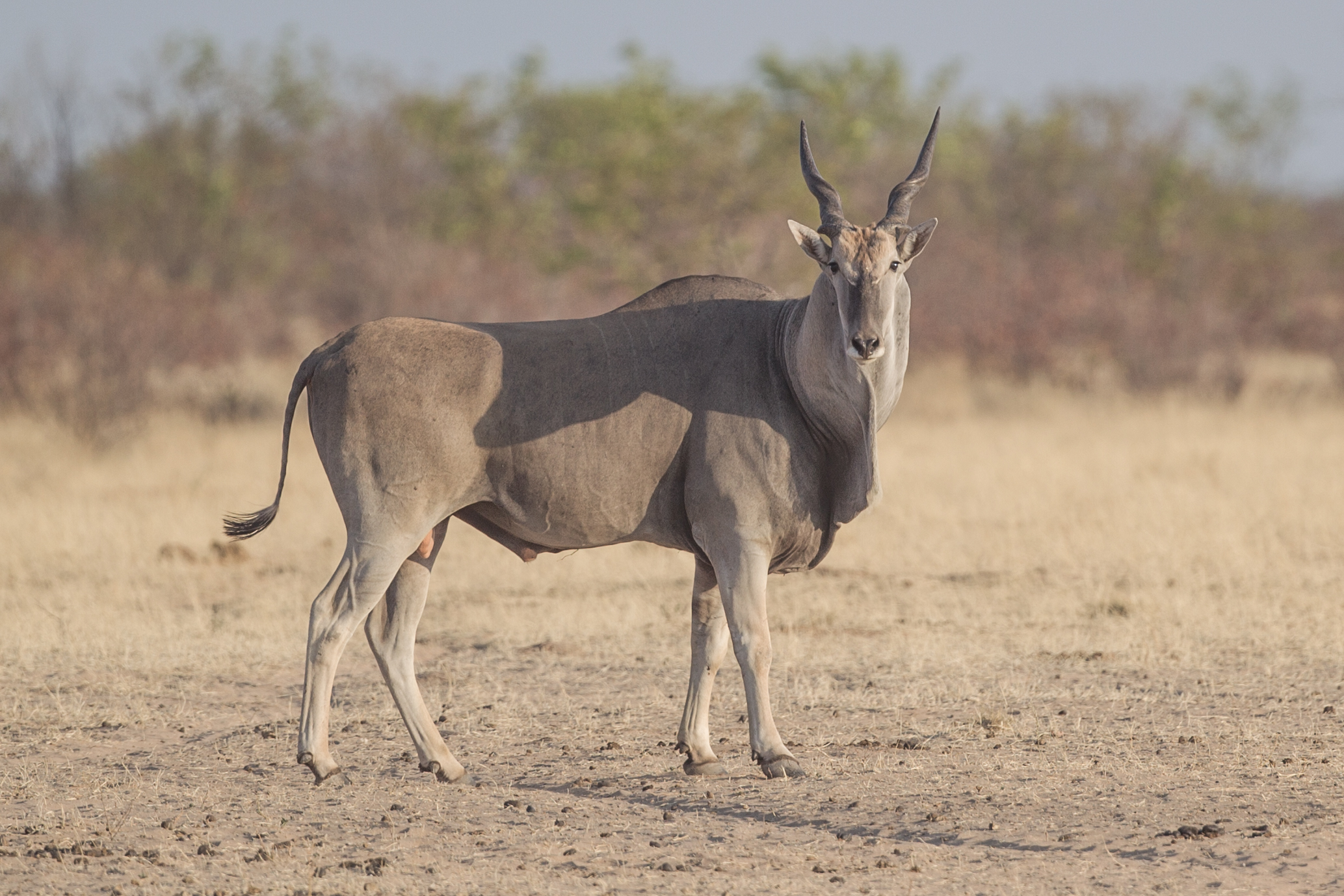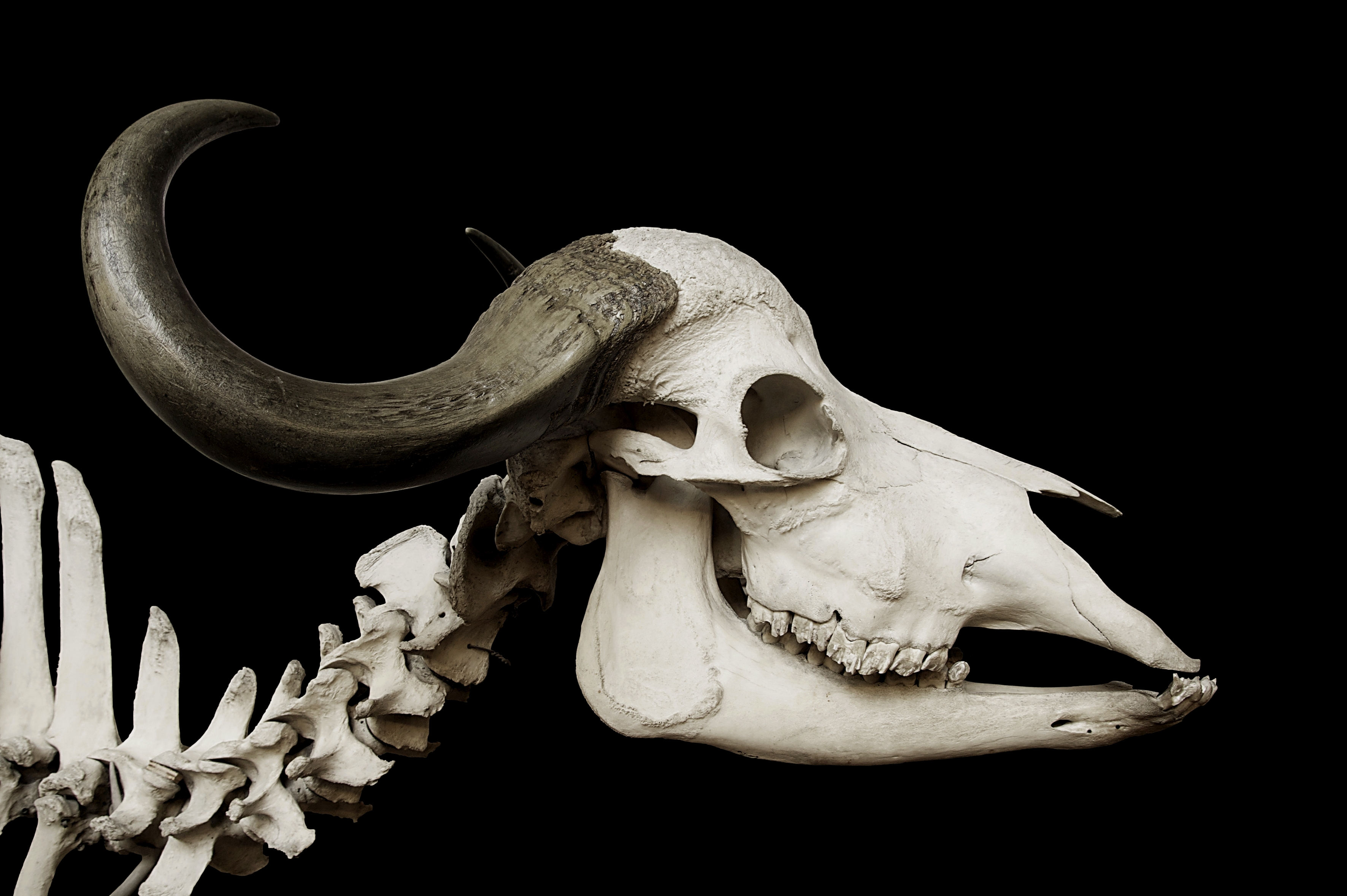|
Aberdare National Park
The Aberdare National Park is a protected area in the Aberdare Mountain Range in central Kenya located east of the East African Rift Valley. It covers the higher areas and the Aberdare Salient to the east. Overview The park is located about 100 km north of Nairobi and stretches over a wide variety of terrain at elevations from to . Established in May 1950, the Aberdare National Park covers an area of 767 square kilometers and forms part of the Aberdare Mountain Range. The park contains a wide range of landscapes - from mountain peaks that rise to to their deep, v-shaped valleys intersected by streams, rivers, and waterfalls. Moorland, bamboo forests and rainforests are found at lower elevations. History Aberdare National Park is best known as the site where in 1952, Elizabeth II became Queen after the death of her father King George VI, whilst staying at the Treetops Hotel. Aberdare National Park was established in 1950 with an aim to conserve and protect the Aberda ... [...More Info...] [...Related Items...] OR: [Wikipedia] [Google] [Baidu] |
Kenya
Kenya, officially the Republic of Kenya, is a country located in East Africa. With an estimated population of more than 52.4 million as of mid-2024, Kenya is the 27th-most-populous country in the world and the 7th most populous in Africa. Kenya's capital and largest city is Nairobi. Its second-largest and oldest city is Mombasa, a major port city located on Mombasa Island. Other major cities within the country include Kisumu, Nakuru & Eldoret. Going clockwise, Kenya is bordered by South Sudan to the northwest (though much of that border includes the disputed Ilemi Triangle), Ethiopia to the north, Somalia to the east, the Indian Ocean to the southeast, Tanzania to the southwest, and Lake Victoria and Uganda to the west. Kenya's geography, climate and population vary widely. In western, rift valley counties, the landscape includes cold, snow-capped mountaintops (such as Batian, Nelion and Point Lenana on Mount Kenya) with vast surrounding forests, wildlife and ... [...More Info...] [...Related Items...] OR: [Wikipedia] [Google] [Baidu] |
African Bush Elephant
The African bush elephant (''Loxodonta africana''), also known as the African savanna elephant, is a species of elephant native to sub-Saharan Africa. It is one of three extant elephant species and, along with the African forest elephant, one of two extant species of African elephant. It is the largest living terrestrial animal, with fully grown bulls reaching an average shoulder height of and a body mass of ; the largest recorded specimen had a shoulder height of and an estimated body mass of . The African bush elephant is characterised by its long prehensile trunk with two finger-like processes; a convex back; large ears which help reduce body heat; and sturdy tusks that are noticeably curved. The skin is grey with scanty hairs, and bending cracks which support thermoregulation by retaining water. The African bush elephant inhabits a variety of habitats such as forests, grasslands, woodlands, wetlands and agricultural land. It is a mixed herbivore feeding mostly on grasse ... [...More Info...] [...Related Items...] OR: [Wikipedia] [Google] [Baidu] |
Sykes Monkey
Sykes' monkey (''Cercopithecus mitis albogularis''), also known as the white-throated monkey or Samango monkey, is a subspecies of the blue monkey. It is an Old World monkey found between Ethiopia and South Africa, including south and east Democratic Republic of Congo. It is named after English naturalist Colonel William Henry Sykes Colonel William Henry Sykes, FRS (25 January 1790 – 16 June 1872) was an English naturalist who served with the British military in India and was specifically known for his work with the Indian Army as a politician, Indologist and ornitholog ... (1790-1872), and has a large white patch on the throat and upper chest, and a grizzled (not blackish) cap.Kingdon, J. 1997. ''The Kingdon Guide to African Mammals.'' Academic Press Limited, London. Subspecies Sykes' monkey was previous considered a species on its own. When it was, it had 12 subspecies: * ''C. a. albogularis'' – Zanzibar Sykes' monkey * ''C. a. albotorquatus'' – Pousargues' Sykes' ... [...More Info...] [...Related Items...] OR: [Wikipedia] [Google] [Baidu] |
Colobus Monkey
Black-and-white colobuses (or colobi) are Old World monkeys of the genus ''Colobus'', native to Africa. They are closely related to the red colobus monkeys of genus '' Piliocolobus''. There are five species of this monkey, and at least eight subspecies. They are generally found in high-density forests where they forage on leaves, flowers and fruit. Social groups of colobus are diverse, varying from group to group. Resident-egalitarian and allomothering relationships have been observed among the female population. Complex behaviours have also been observed in this species, including greeting rituals and varying group sleeping patterns. Colobi play a significant role in seed dispersal. Etymology The word "colobus" comes from the Greek (''kolobós'', "docked", "maimed") and refers to the stump-like thumb. Taxonomy Fossil species *†'' Colobus flandrini'' *†'' Colobus freedmani'' Behaviour and ecology Colobus habitats include primary and secondary forests, riverine for ... [...More Info...] [...Related Items...] OR: [Wikipedia] [Google] [Baidu] |
Olive Baboon
The olive baboon (''Papio anubis''), also called the Anubis baboon, is a member of the family Cercopithecidae Old World monkeys. The species is the most wide-ranging of all baboons, being native to 25 countries throughout Africa, extending from Mali eastward to Ethiopia and Tanzania. Isolated populations are also present in some mountainous regions of the Sahara. It inhabits savannahs, steppes, and forests. The common name is derived from its coat colour, which is a shade of green-grey at a distance. A variety of communications, vocal and non-vocal, facilitate a complex social structure. Characteristics The olive baboon is named for its coat, which, at a distance, is a shade of green-grey. At closer range, its coat is multicoloured, due to Agouti (coloration), rings of yellow-brown and black on the hairs. The hair on the baboon's face is coarser and ranges from dark grey to black. This coloration is shared by both sexes, although males have a mane of longer hair that tapers dow ... [...More Info...] [...Related Items...] OR: [Wikipedia] [Google] [Baidu] |
Duiker
A duiker is a small to medium-sized brown antelope native to sub-Saharan Africa, found in heavily wooded areas. The 22 extant species, including three sometimes considered to be subspecies of the other species, form the subfamily Cephalophinae or the tribe Cephalophini. Taxonomy and phylogeny The tribe Cephalophini (formerly the subfamily Cephalophinae) comprises three genera and 22 species, three of which are sometimes considered to be subspecies of the other species. The three genera include '' Cephalophus'' (15 species and three disputed taxa), '' Philantomba'' (three species), and '' Sylvicapra'' (one species). The subfamily was first described by British zoologist John Edward Gray in 1871 in '' Proceedings of the Zoological Society of London''. The scientific name "Cephalophinae" probably comes from the combination of the New Latin word ''cephal'', meaning head, and the Greek word ''lophos'', meaning crest. The three disputed species in ''Cephalophus'' are Brooke's du ... [...More Info...] [...Related Items...] OR: [Wikipedia] [Google] [Baidu] |
Taurotragus
''Taurotragus'' is a genus of giant antelopes of the African savanna, commonly known as elands. It contains two species: the common eland ''T. oryx'' and the giant eland ''T. derbianus''. Taxonomy ''Taurotragus'' is a Genus (biology), genus of large African antelopes, placed under the subfamily Bovinae and Family (biology), family Bovidae. The Binomial nomenclature#Authority, genus authority is the German zoologist Johann Andreas Wagner, who first mentioned it in the journal ''Die Säugthiere in Abbildungen nach der Natur, mit Beschreibungen'' in 1855. The name is composed of two Greek language, Greek words: ταῦρος (''taûros''), meaning a "bull" or "bullock", and τράγος (''trágos''), meaning a "male goat"—in reference to the tuft of hair that grows in the eland's ear which resembles a goat's beard. The genus consists of two species: ''Taurotragus'' is sometimes considered part of the genus ''Tragelaphus'' on the basis of molecular phylogenetics. Together w ... [...More Info...] [...Related Items...] OR: [Wikipedia] [Google] [Baidu] |
Side-striped Jackal
The side-striped jackal (''Lupulella adusta'' or ''Schaeffia adusta'') is a canine native to Central and Southern Africa. Unlike the smaller and related black-backed jackal (''Lupulella mesomelas''), which dwells in open plains, the side-striped jackal primarily dwells in woodland and scrub areas. Taxonomy and evolution The Swedish zoologist Carl Jakob Sundevall named the species ''Canis adustus'' in 1847. The German zoologist Max Hilzheimer proposed a different genus as ''Schaeffia adusta'' in 1906. Fossil remains of the side-striped jackal date to the Pliocene era. A mitochondrial DNA sequence alignment for the wolf-like canids gave a phylogenetic tree with the side-striped jackal and the black-backed jackal being the most basal members of this clade, which means that this tree is indicating an African origin for the clade. In 2019, a workshop hosted by the IUCN/SSC Canid Specialist Group recommends that because DNA evidence shows the side-striped jackal (''Canis adust ... [...More Info...] [...Related Items...] OR: [Wikipedia] [Google] [Baidu] |
Suni
The suni (''Nesotragus moschatus'') is a small antelope of the family Bovidae, and one of the smallest ungulates on earth. It occurs in dense underbrush from central Kenya to KwaZulu-Natal in South Africa. It is also found on the island of Zanzibar off of Tanzania. Suni are around high at the shoulder and weigh . They are usually reddish brown, darker on their back than their sides and legs. The belly, chin, throat and insides of legs are white. The nostrils are prominent red, and there are black rings around the eyes and above the hooves. Males have horns long, that are ridged most of their length and curve backwards close to their heads. Females do not have horns. Suni can make weak barking and whistling sounds. Suni feed on leaves, fungi, fruits and flowers, and need almost no free water. They are shy, most active at night, and sleep during the day in a shady, sheltered area. They are social but males defend a territory of about three hectares. They scent-mark the boundar ... [...More Info...] [...Related Items...] OR: [Wikipedia] [Google] [Baidu] |
African Buffalo
The African buffalo (''Syncerus caffer)'' is a large sub-Saharan African bovine. The adult African buffalo's horns are its characteristic feature: they have fused bases, forming a continuous bone shield across the top of the head, referred to as a "boss". The African buffalo is more closely related to other buffalo species than it is to other bovids such as American bison or domestic cattle, with its closest living relative being the Asian water buffalo. Its unpredictable temperament may be part of the reason that the African buffalo has never been domesticated, which would also explain why the African buffalo has no domesticated descendants, unlike the wild yak and wild water buffalo which are the ancestors of the Yak, domestic yak and water buffalo. Natural predators of adult African buffaloes include lions, African wild dogs, spotted hyenas, and Nile crocodiles. As one of the Big Five game animals, the Cape buffalo is a sought-after trophy in hunting. Description The Afri ... [...More Info...] [...Related Items...] OR: [Wikipedia] [Google] [Baidu] |
Waterbuck
The waterbuck (''Kobus ellipsiprymnus'') is a large antelope found widely in sub-Saharan Africa. It is placed in the genus ''Kobus (antelope), Kobus'' of the family Bovidae. It was first Scientific description, described by Irish naturalist William Ogilby in 1833. Its 13 subspecies are grouped under two varieties: the common or ellipsiprymnus waterbuck and the defassa waterbuck. Their coat colour varies from brown to grey. The long, spiral horn (anatomy), horns, present only on males, curve backward, then forward, and are long. Waterbucks are rather sedentary in nature. As gregarious animals, they may form herds consisting of six to thirty individuals. These groups are either nursery herds with females and their offspring or bachelor herds. Males start showing territorial behaviour from the age of five years, but are most dominant from six to nine. The waterbuck cannot tolerate dehydration in hot weather, and thus inhabits areas close to sources of water. Predominantly a grazer ... [...More Info...] [...Related Items...] OR: [Wikipedia] [Google] [Baidu] |
Mountain Reedbuck
The mountain reedbuck (''Redunca fulvorufula'') is an antelope found in mountainous areas of much of sub-Saharan Africa. Subspecies There are three recognized subspecies. * ''Redunca fulvorufula adamauae'' - Adamawa mountain reedbuck * ''Redunca fulvorufula chanleri'' - Chanler's mountain reedbuck (named for William A. Chanler) * ''Redunca fulvorufula fulvorufula'' - southern mountain reedbuck Description The mountain reedbuck averages at the shoulder, and weighs around . It has a grey coat with a white underbelly and reddish-brown head and shoulders. The male has ridged horns of around , which curve forwards. Both sexes have a dark scent patch beneath the ears. Distribution and habitat The mountain reedbuck occurs in three separate geographic areas, each containing a separate subspecies. The southern mountain reedbucks inhabits an area from the eastern Cape Province (South Africa) to southeastern Botswana. Chanler's mountain reedbuck occurs in Tanzania, Kenya, Uganda, Sudan, ... [...More Info...] [...Related Items...] OR: [Wikipedia] [Google] [Baidu] |






